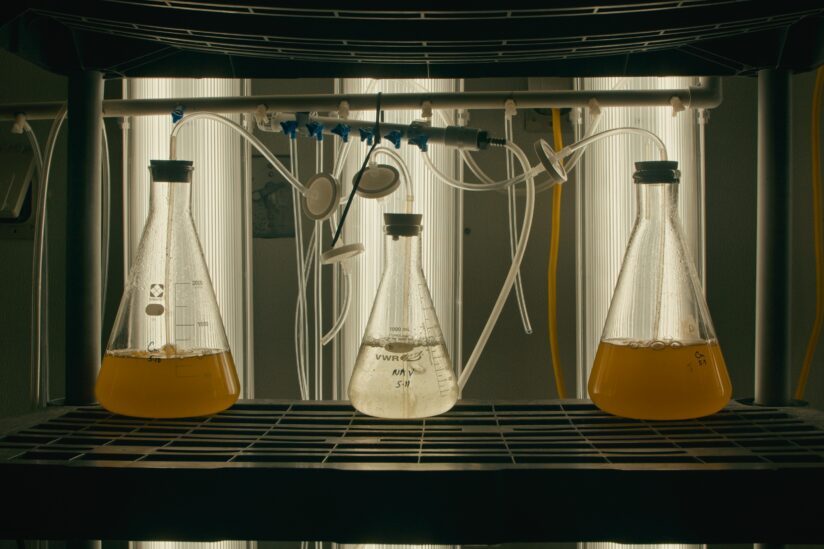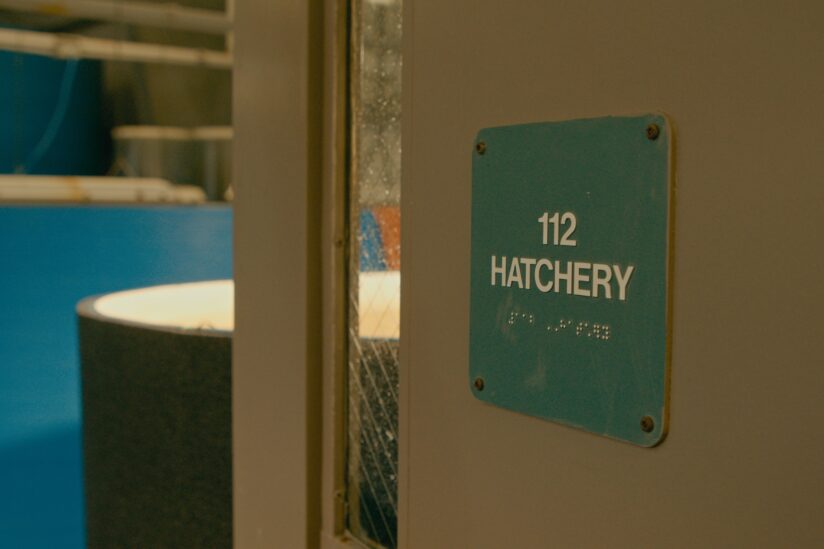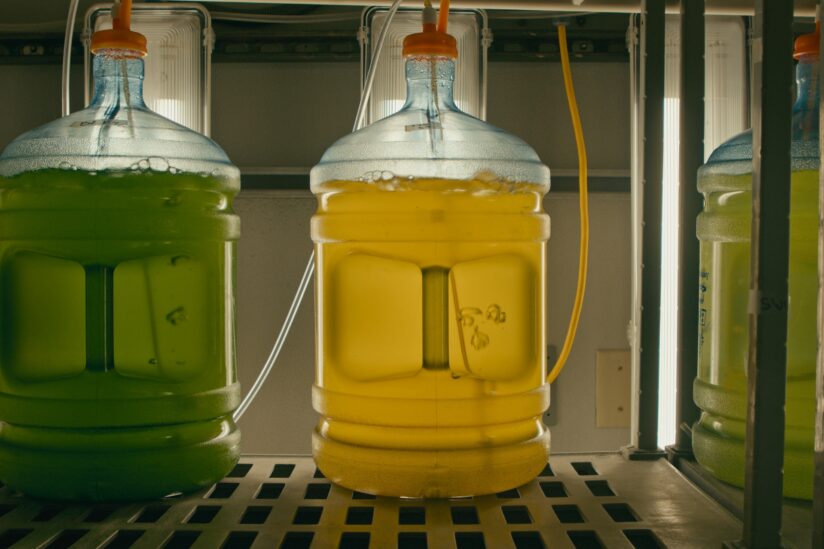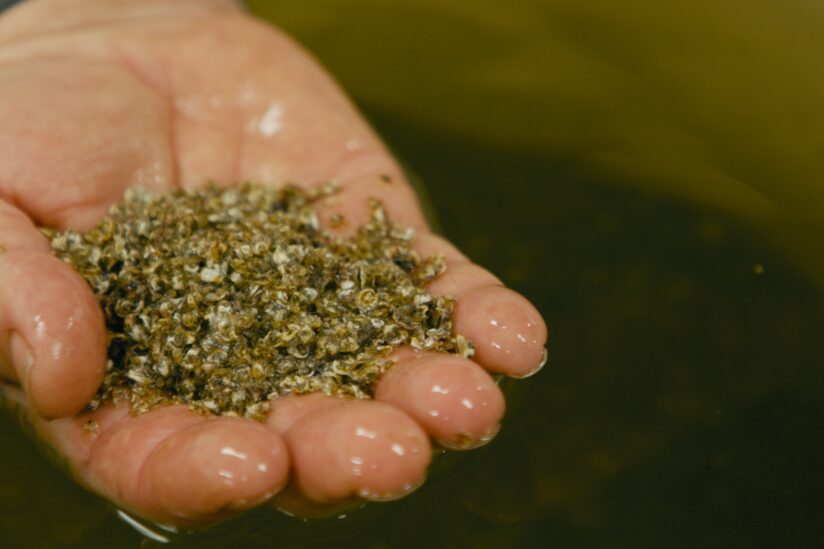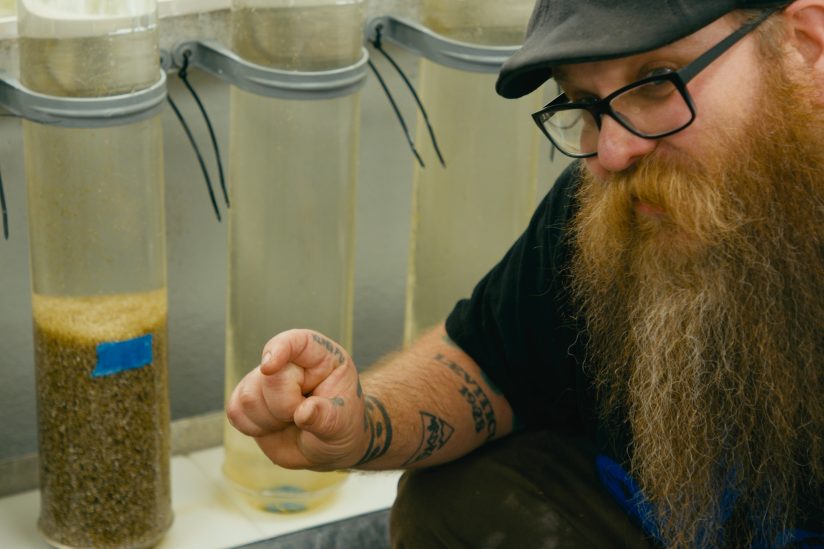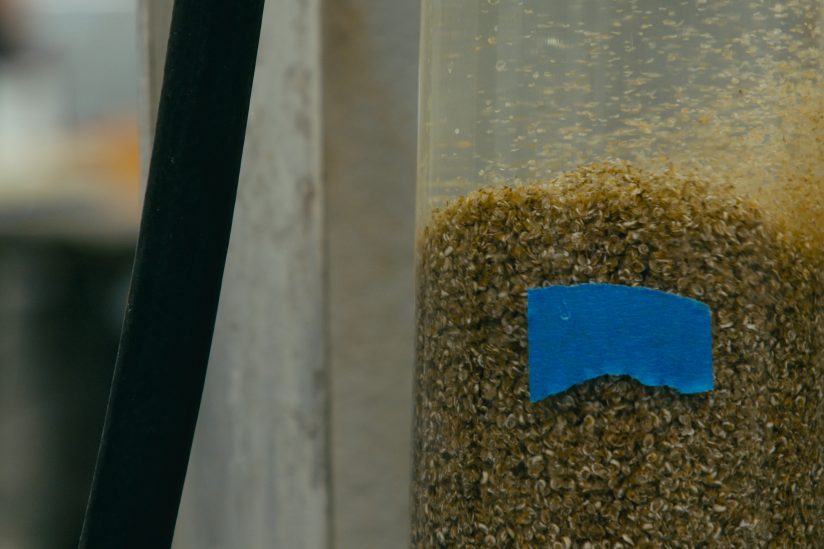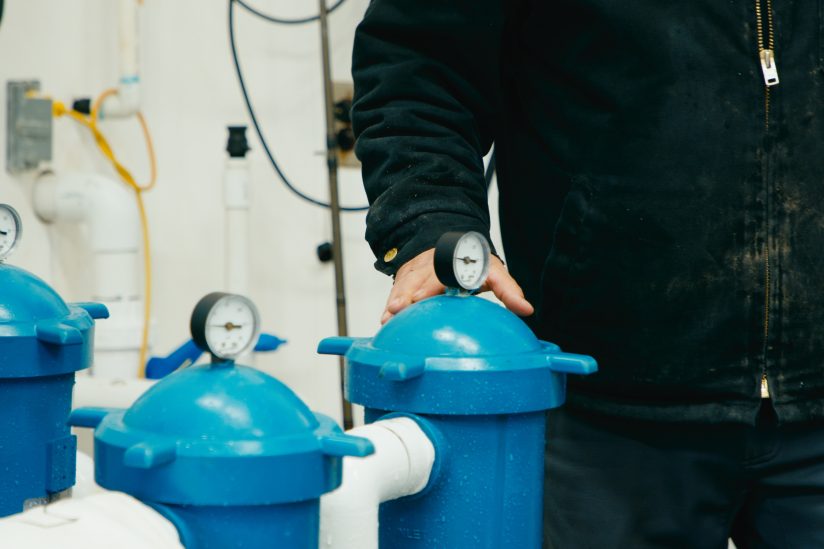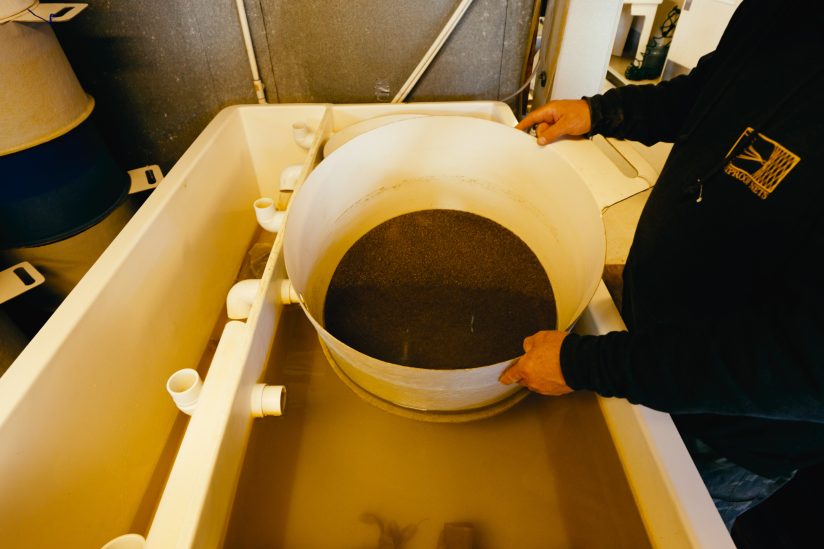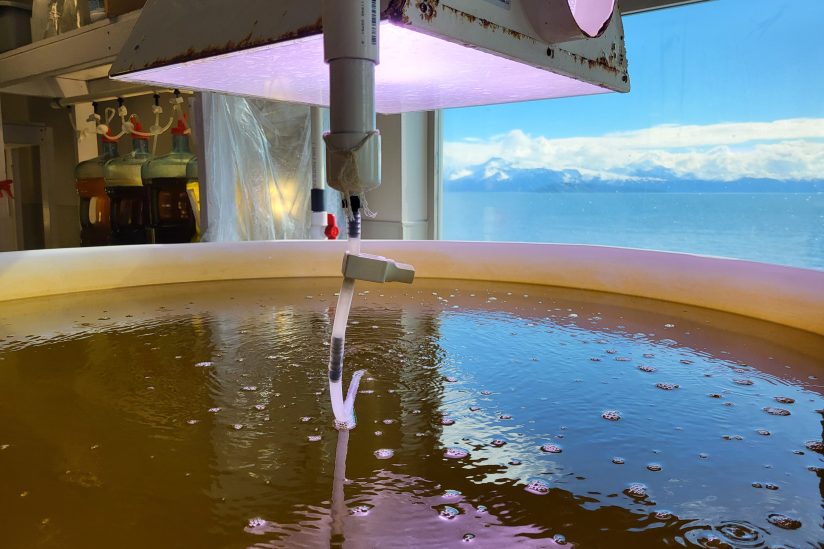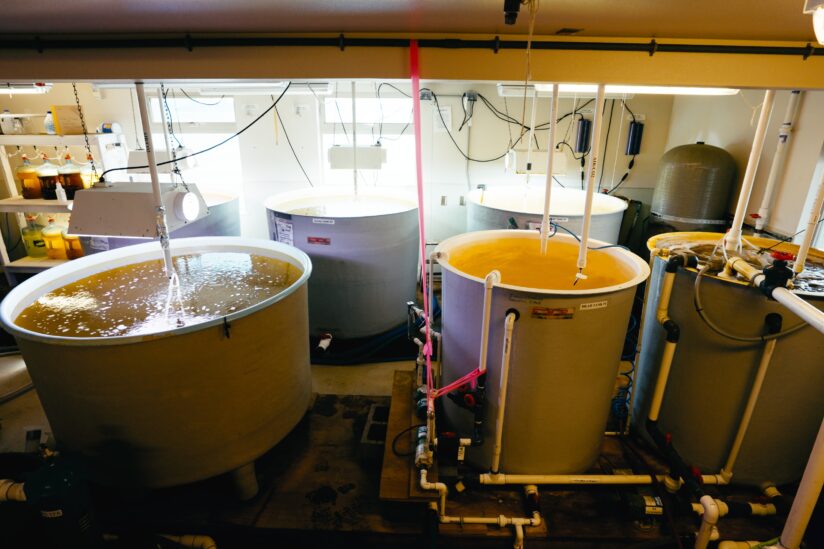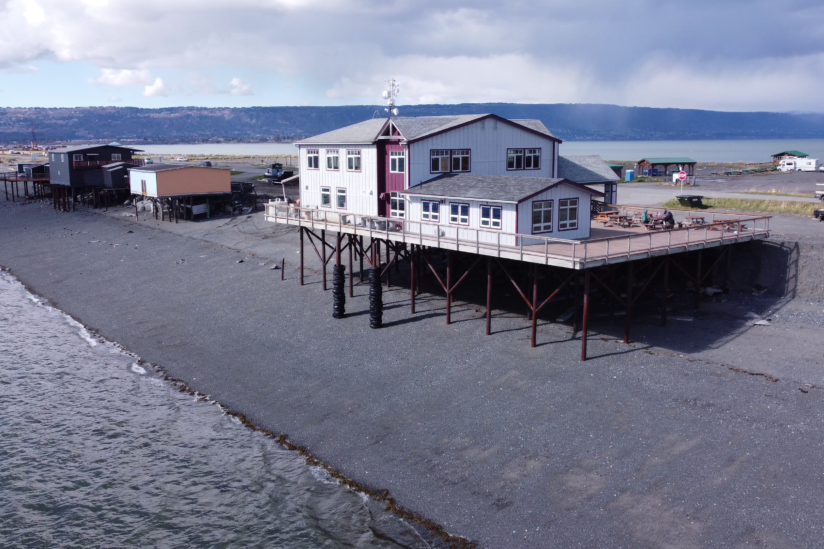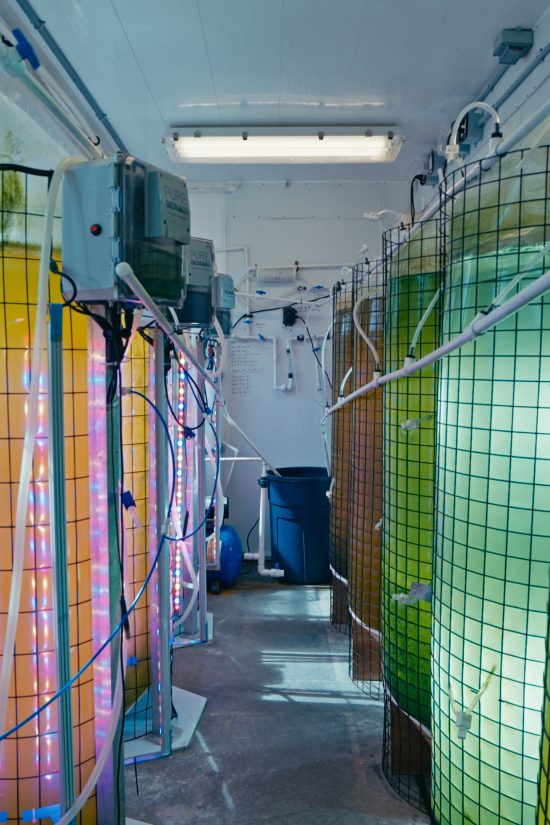
As a non-native species to Alaska, Pacific oysters must start their growth in shellfish hatcheries in Alaska, or introduced as seeds, since natural reproduction does not occur in Alaskan cold waters. Most seeds are still imported from outside Alaska. However, ongoing collaborations between the industry and the scientific communities are paving the way for a commercial-scale supply of high-quality seed produced in Alaskan-based hatcheries.
When producing, harvesting, or buying spat (oyster larvae) to be introduced to the farm, seed quality is crucial, as it will significantly influence the quality of the final product. Three shellfish hatcheries are permitted to operate in the state: OceansAlaska, Katchemak Shellfish Mariculture Association (KSMA), and Alutiiq Pride Shellfish Hatchery (APSH). There is also one additional permit for NOAA Ted Stevens Marine Research Institute Hatchery in Juneau.
The figures below show the number of imported juvenile oysters, the life stage at which most Alaska farms/nurseries bring oysters to the state. The number of juvenile oysters imported into Alaska has trended up since 2020. About 11 million juvenile oysters were imported in 2024, the largest number since 2012. In Alaska, it typically takes between one and three years for a juvenile oyster to grow to a consumable size.
Science, R&D, training, and business in one place
Case study OceansAlaskaSpecies: Pacific oyster, 3 other shellfish species, 13 seaweed species, and red sea cucumber
This project includes educators, scientists, fishermen, and business leaders and aims to promote shellfish culture as an economic driver for Southeast Alaska. It is a non-profit venture dedicated to expanding mariculture and enhancing wild stock of oysters, geoducks, sea cucumbers, and kelp in Alaska by providing commercial quantities of seed. OceansAlaska aims to become self-sustaining by selling seeds to small US and Canadian growers.
Innovations & approach
We grow different algae species in various sizes to provide a variety of feeds so the oysters can eat a healthy meal. Some of these big diatoms are more like steak and potatoes, and other species are like a little vegan salad. We mix them all and pump them into the tanks so they can choose from a variety of foods.
Notable points
- Permitted to culture 4 shellfish species, 13 seaweed species, and red sea cucumber.
- Growing a selection of warm water and high-quality microalgae species to supply oysters with a mix of versatile, nourishing, and different sizes of feeds and nutrients.
- Working closely with industry players and academia to build a local commercial-scale Pacific oyster seed supply and provide workforce training to further enhance a resilient, self-sustaining Alaskan oyster industry.
Pacific oyster hatchery under a non-profit organization at Homer Spit
Case study Kachemak Shellfish Mariculture AssociationSpecies: Pacific oyster
Capacity: 5 million oysters per year
Founded in 1994, KSMA emerged as a response to the challenges faced by Kachemak Bay oyster farmers during the early days of the oyster farming industry. It is dedicated to promoting shellfish mariculture practices and educating and collaborating with marine science programs to enhance the health of coastal waters. In 2009, KSMA decided to build a Pacific oyster hatchery to supply a local source of quality seed.
Innovations & approach
Notable points
- The hatchery's focus on training and expertise, with a small dedicated team managing operations and feeding protocols, showcases a unique hands-on approach along with a scientific approach that has proven successful in producing optimal oyster seed sizes.
- Growing from larvae to 2-5 mm seeds in nearly a month and shipping them to FLUPSYs across the state.
- Mixing algae with seawater in specific ratios based on measured densities and maintaining optimal temperature and CO2 conditions for accelerating seed growth efficiently and effectively.
Joint Innovation Projects
Part of the AMC’s Research and Development Grant Component.
Design and comprehensive planning of an Alaskan optimized intermodal freight container based shellfish setting and pre-nursery seed boosting system
Addressing the challenge Alaskan oyster farmers face in accessing larger-sized oyster seeds is crucial for optimizing growth within the limited growing season due to cold water conditions. By focusing on delivering locally conditioned, large-sized oyster seed to in-state nurseries at the right time, this project builds upon ongoing oyster hatchery work at OceansAlaska's facility in Saxman. Utilizing container-based pre-nurseries that cultivate micro-algae for feeding oyster seed and provide water filtration and heating, the project offers an innovative solution that can be tailored to various locations and organizational needs. Partnering with experienced entities, the project aims to enhance oyster farming practices in Alaska, with results shared through educational outreach programs and site evaluations.
Developing improved seed of the Pacific oyster for the Southeast Alaska regions
This project aims to enhance oyster farming in Alaska by addressing the challenge of slow growth and high mortality rates in oysters sourced from hatcheries optimized for lower-latitude conditions. The project will develop a selective breeding program targeting Alaska's environment through controlled genetic crosses and field assessments to improve oyster performance. Collaborating with NOAA Fisheries scientists, the project plans to create within-species hybrids at the Pacific Hybreed hatchery, transfer them for acclimation and data collection, and deploy them at the Little Port Walter Research Station for growth and survival evaluations. The project will introduce innovative tools for developing hybrid genetic lines tailored to cold-water ocean conditions.

